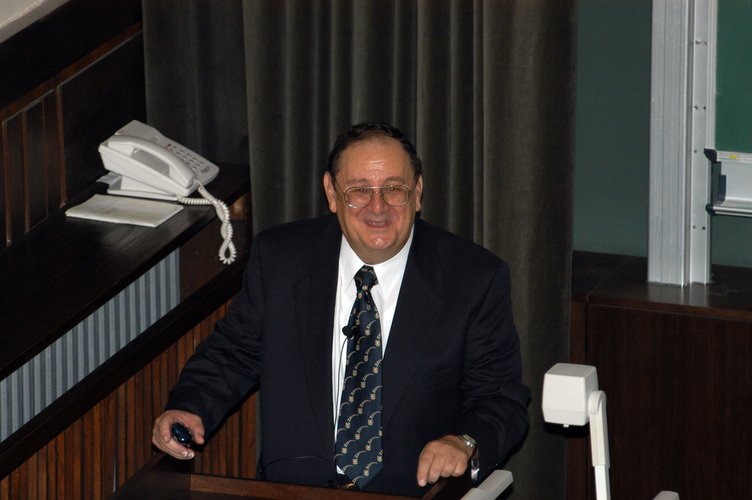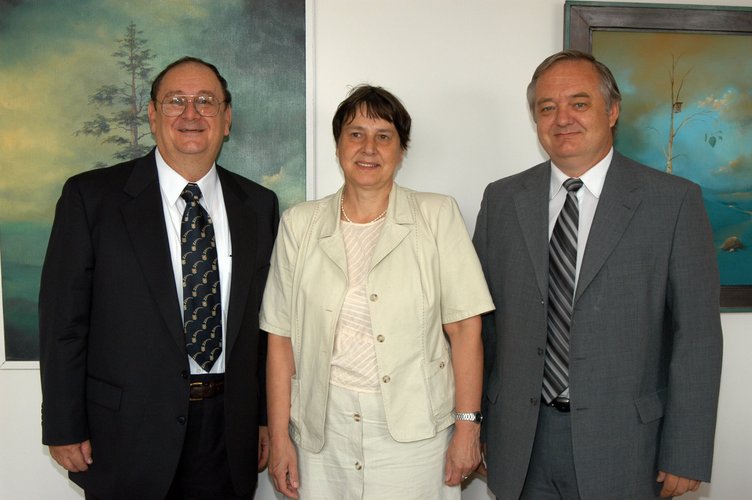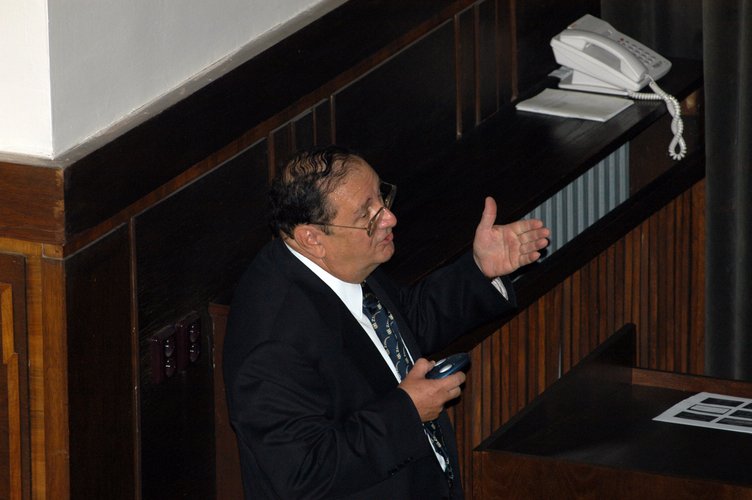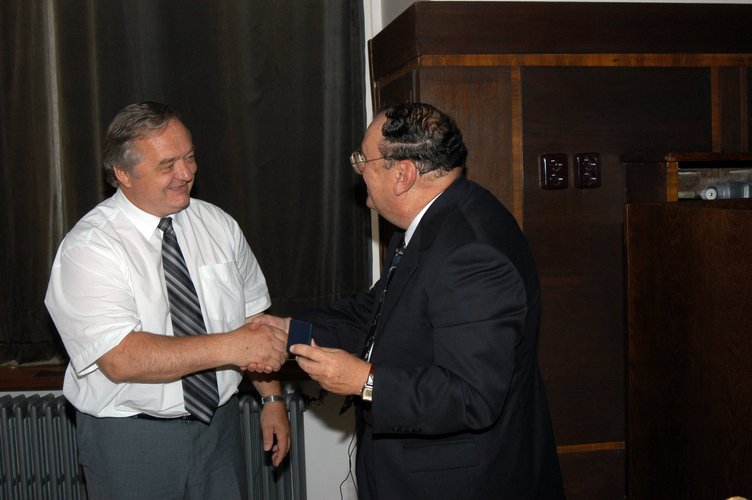
Prof. Douglas F. Covey (Washington University School of Medicine, St. Louis, MO, USA)
ent-Steroids: Chemistry and Biology
Abstract
Steroids are produced by the enzyme-mediated epoxidation and cyclization of squalene to lanosterol. This process produces only one enantiomer of lanosterol and hence steroids derived from lanosterol have the same ‘natural’ absolute configuration. Ent-steroids are the non-naturally occurring enantiomers (mirror images) of natural steroids. Early studies of ent-steroids focused largely on their hormonal actions, and it was found that ent-steroids lacked hormonal activity. Perhaps for this reason interest in ent-steroids waned, and until recently, there has been little sustained interest in either their chemistry or biology. However, not all the biological actions of steroids are explained by their binding to steroid hormone receptors. There are instances in which the physical properties of the steroid may be of even greater importance (e.g. consider the structural effects of cholesterol on cellular membrane properties). Indeed it may be necessary to distinguish between the receptor and non-receptor mediated actions of steroids in order to understand fully steroid mechanisms of action. Because an ent-steroid has the mirror image shape of its corresponding natural steroid, it is expected to have different receptor-mediated actions. By contrast, because the ent-steroid is an enantiomer of the natural steroid, it has the same physical properties as the natural steroid. Thus, steroid actions caused by the physical properties of the natural and ent-steroid in a non-chiral or pseudo non-chiral environment (e.g., lipid membrane) will be the same. Hence, enantioselectivity can be used to distinguish between the receptor and non-receptor mediated mechanisms of steroid action. This lecture will discuss methods useful for the synthesis of ent-steroids and examples from our studies on their biological actions.






